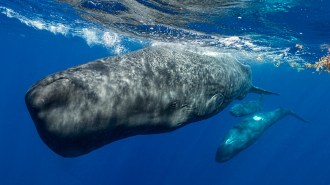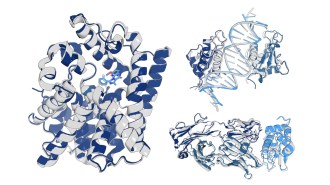On Monday, NASA brought a dramatic conclusion to tests aimed at determining why the space shuttle Columbia disintegrated on Feb.1, killing all seven crew members. A block of foam insulation fired from a gun at more than 800 kilometers per hour smashed this unexpectedly large hole in a shuttle wing panel. After the test, officials said that the damage was a “smoking gun” that appeared to confirm investigators’ leading theory of what caused Columbia’s breakup (SN: 5/17/03, p. 308: Available to subscribers at Columbia Disaster Working Hypothesis: Wing hit by debris). In recent months, the investigation has increasingly focused on an errant piece of foam insulation from the shuttle’s external fuel tank. The new test provides vivid evidence that foam seen crashing into a heat-resistant panel on the spacecraft’s left wing during liftoff could have punched a hole big enough to allow superheated air to enter and destroy the wing during the craft’s reentry. Measuring the hole is NASA contractor Dan Bell.

****************
If you have a comment on this article that you would like considered for publication in Science News, send it to editors@sciencenews.org. Please include your name and location.





